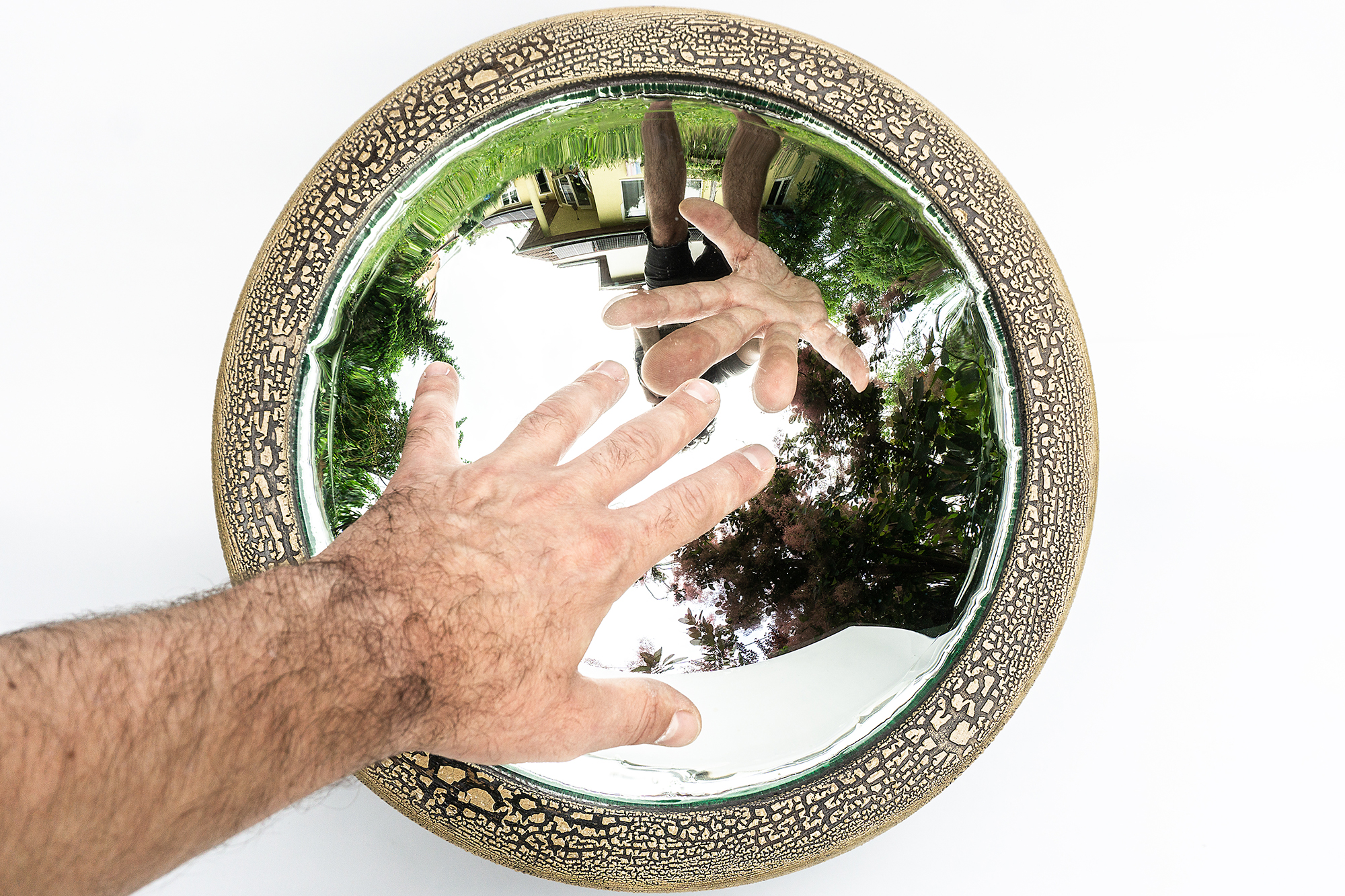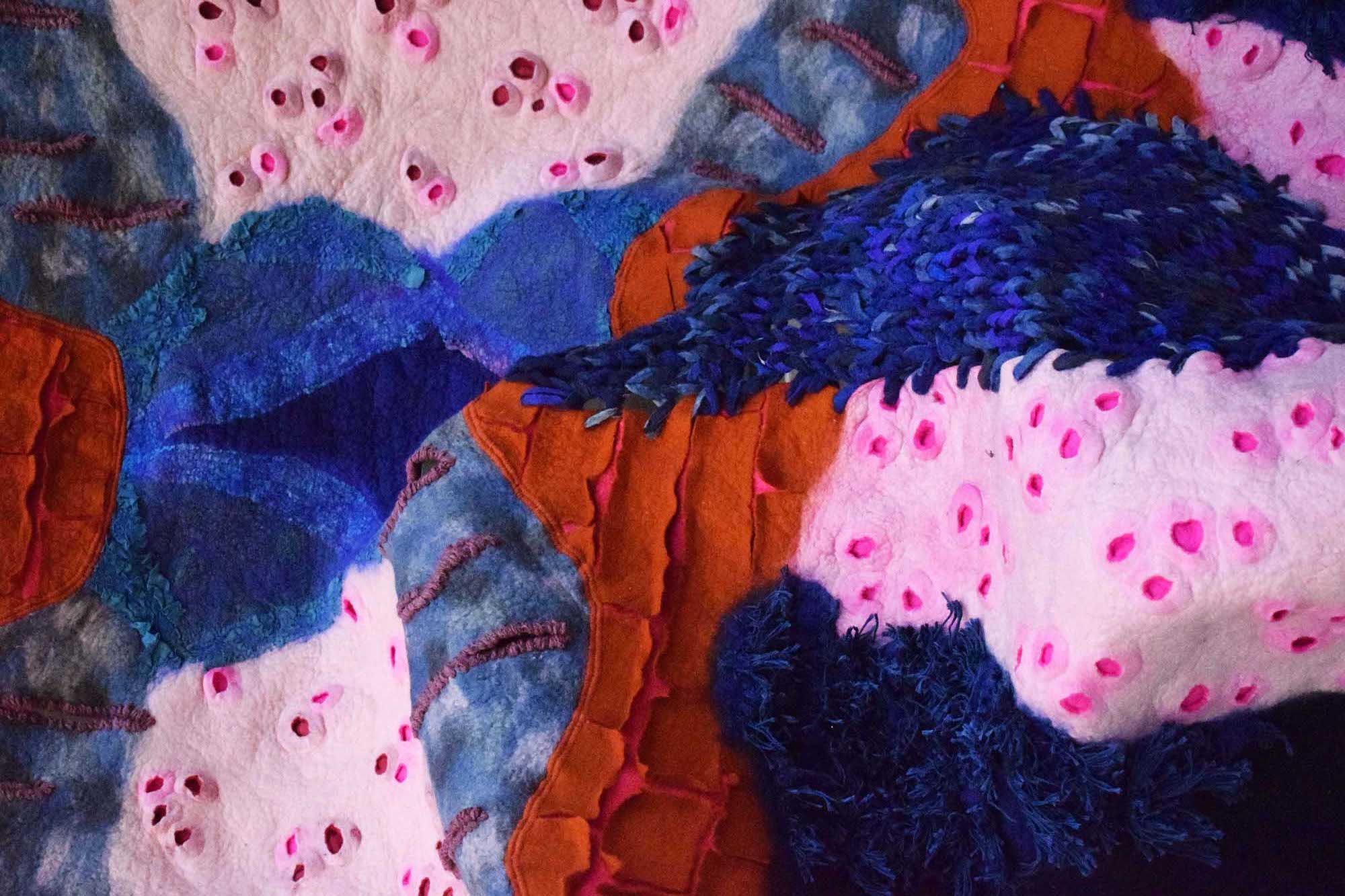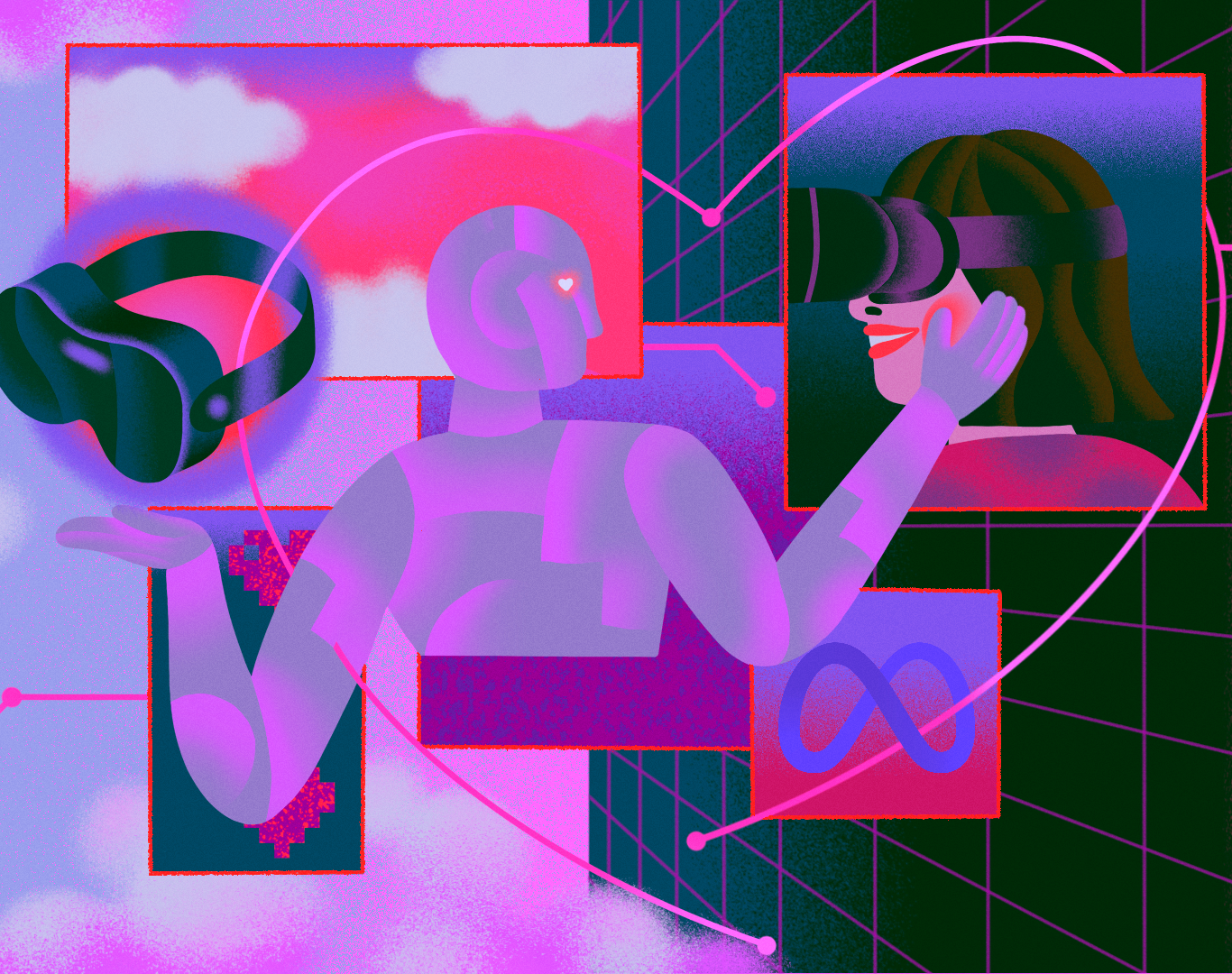
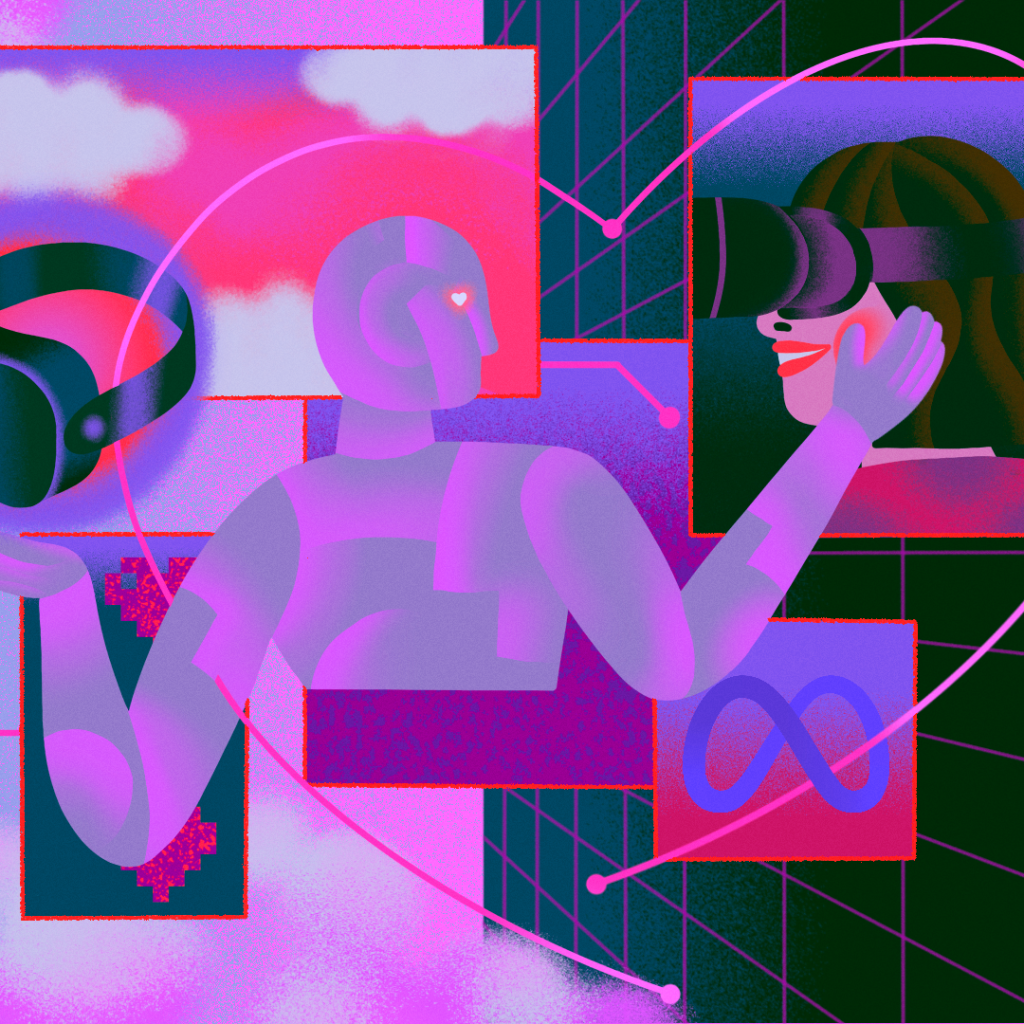
Safe Dating in VR – Interview with Anthony Tan, co-founder of Flirtual
In the frame of our “Mapping Social Behaviour in Social VR Spaces That Simulate Metaverse-like Environments” we are conducting interviews with young social VR space users about their romantic dating habits in VR and how this is affected by such VR community spaces as VR Chat or Rec Room. In order to understand this from other aspects, we also made an interview with Anthony Tan, Co-founder of Flirtual, the first VR dating app. We asked him why he thinks young people use these apps, what is special about the romantic relationships in VR, and how this can develop in the future.
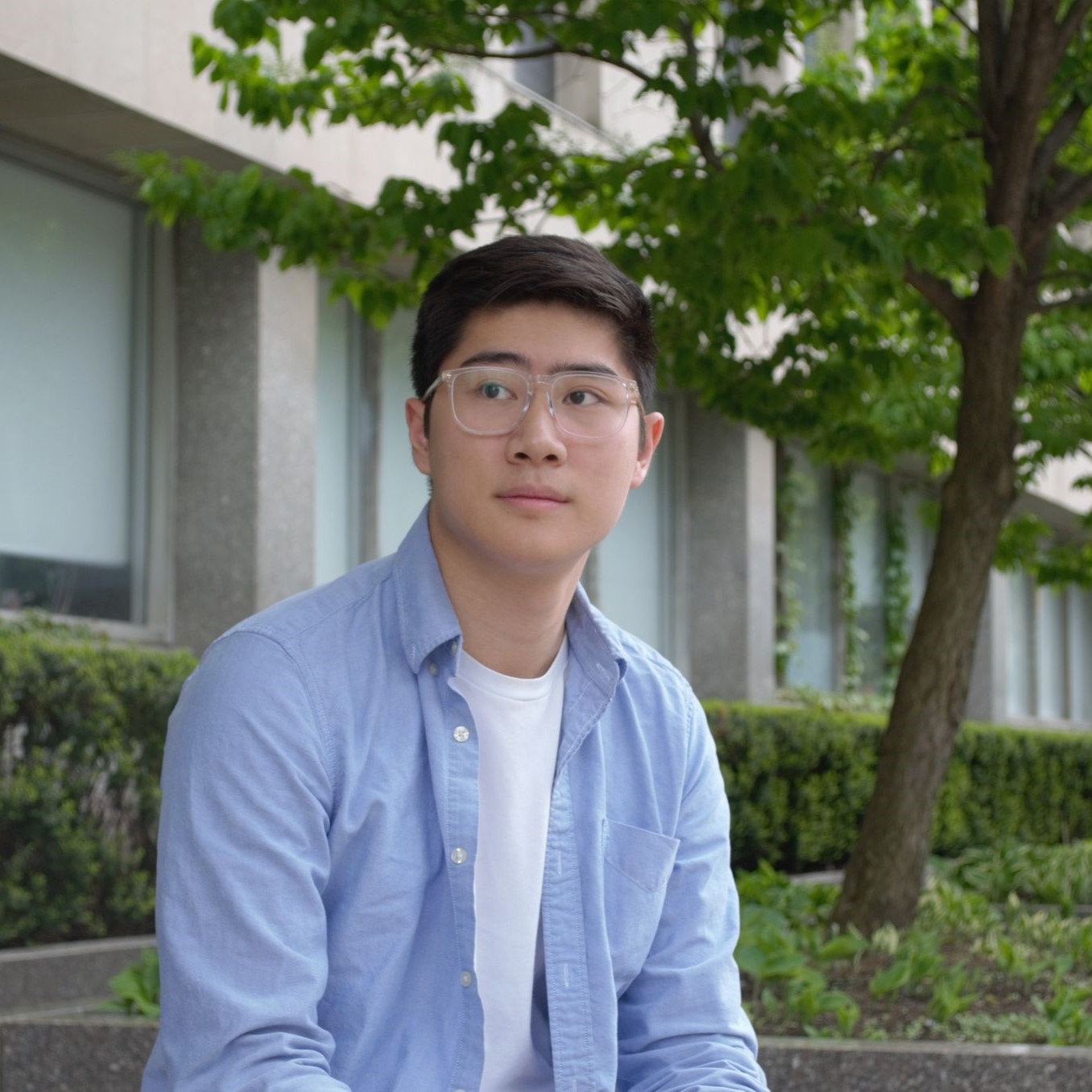
What need did you identify when you founded Flirtual?
Back in 2018, my co-founder, Kyle, started using VRChat. He realized that people are dating there, but there’s no dating site. He mocked up a prototype of a website in 2018, called VRLFP. I came on board in 2020 because the two of us are childhood friends. In 2022, we refreshed the app to be called Flirtual. We saw that people were making friends, building communities, dating in VR and we wanted to make a tool to make that better, therefore, we totally changed the app design and other aspects as well. That’s why Flirtual has a dating mode and a friendship mode called the “homey mode”. We tried to create a social network which was supposed to help people find events in communities. But it failed, probably because the users of this app still want to date.
How do you define “date” in a virtual space?
It’s the act of meeting people with some romantic interest at some point. So intimate, maybe sometimes sexual. On Flirtual, about 72% of our users select ‘Open to a serious dating’, which we use to indicate the willingness to meet up in real life and sharing your face or revealing facts about yourself in your life.
Can you identify your main target audience in VR? Among the virtual space users there are more people with social anxiety or shy (who are also very open about this), do you see some kind of pattern like this?
I’d say most of our users are between 18 to 30. We see the same gender as other dating apps. Things that are different though, with our users, is that a lot of them come from online communities, gamers, sub communities like anime. We have a lot of LGBTQ, including myself, because there’s also a space for people to experiment with their gender and sexuality, which is why we’ve been experimenting with the VR option in our sexuality field.
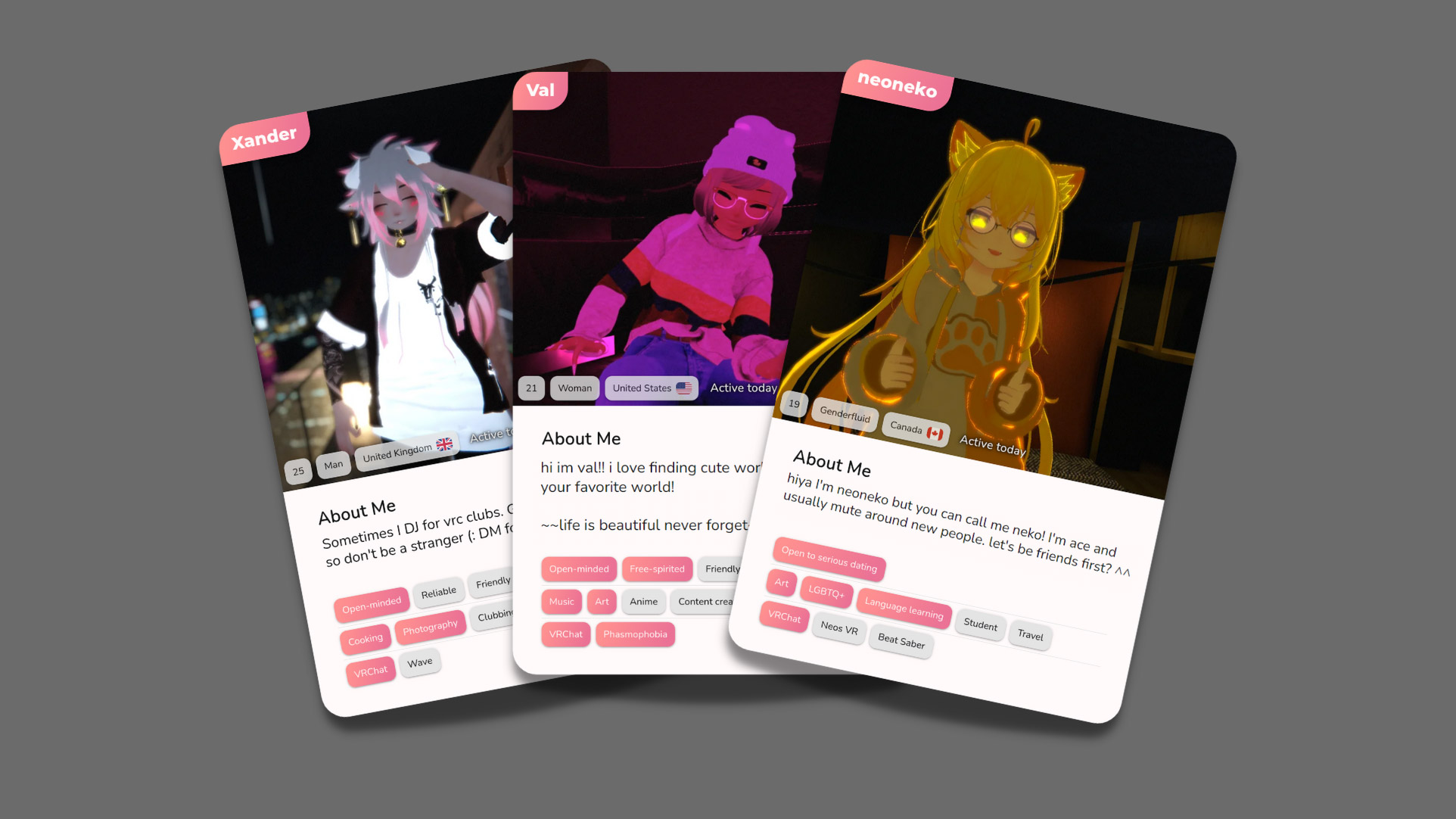
Do you have any information about what people do as common activity after they date?
A lot of them are some games you played like mystery games, stuff like that with groups. One on one, there’s always those movie worlds where people will watch videos together, listen to music together, experience that togetheri. You can’t really eat in VR. There are some really cozy worlds. If you’re looking to cuddle and talk, you can look for cuddle cozy worlds, where you want to show things and explore. Aside from VR, a lot of couples will do long distance activities like video call, audio call, gaming, watching movies in other ways. There’s also virtual sex, digital sex.
Are there more long-distance people having their relationship there, or are there more long-distance relationships born in the virtual space?
VR has this sense of presence: you can actually bond with someone because you feel like they’re in your space. It helps to make long-distance work. It also enables a lot of people who can’t date easily in the real world to basically find compatible partners. LGBTQ accessibility is also important, and we have a strong deaf and sign language community in VR as well as on our app. Because the population of individuals that’s geographically distributed and wants to meet each other would only do it through the internet? The internet is so to 2D and cold. But VR is like 3D and it has a very warm presence. We’re part of this shift.
While on ‘traditional’ dating apps people post their real pictures (usually), on social VR dating apps, like Flirtual, the users post the picture of their avatar. How do you think this influences our decisions?
A lot of apps make an extreme effort to get to know that person, as a human – it takes so much, it’s so hard to be in real life. With VR it’s very easy as there is more personality first. You find the personality when you get to know someone and that affection for that person translates to being attracted to them.
I read a study where they compared how people date on Tinder and how in VRChat. The testing subjects liked more VRChat than Tinder, they said it’s almost like a real date. But some of them were missing the mysterious sense from Tinder texting. But you mentioned previously the word ‘intimacy’, and I’m just wondering, how would you define intimacy in VR? What does it mean, for you? Or how do you see it?
There’s all types of intimacy: emotional intimacy, physical intimacy. I think physical intimacy in VR involves cuddles a lot of times. Frequently, friends will not get into each other’s space, which is because it’s kind of overwhelming. But there’s also the phenomenon of VR sex, for example the ERP (Erotic Role Play), it’s common on any digital platform. From the point of view of emotional intimacy in VR, it is maybe easier to get emotional intimacy. Some of us with social anxiety will get out much easier of our shyness with VR, with the help of the controlled variables. Some of our users are neurodivergent: e.g. if someone has Asperger and that person can reduce the sensory stimuli and sound variables, you can really control your environment in a safer way. Women tend to tell us that the medium of VR just feels a lot safer than real life. There are more things that allow for more emotional intimacy that can be had on a first coffee date.
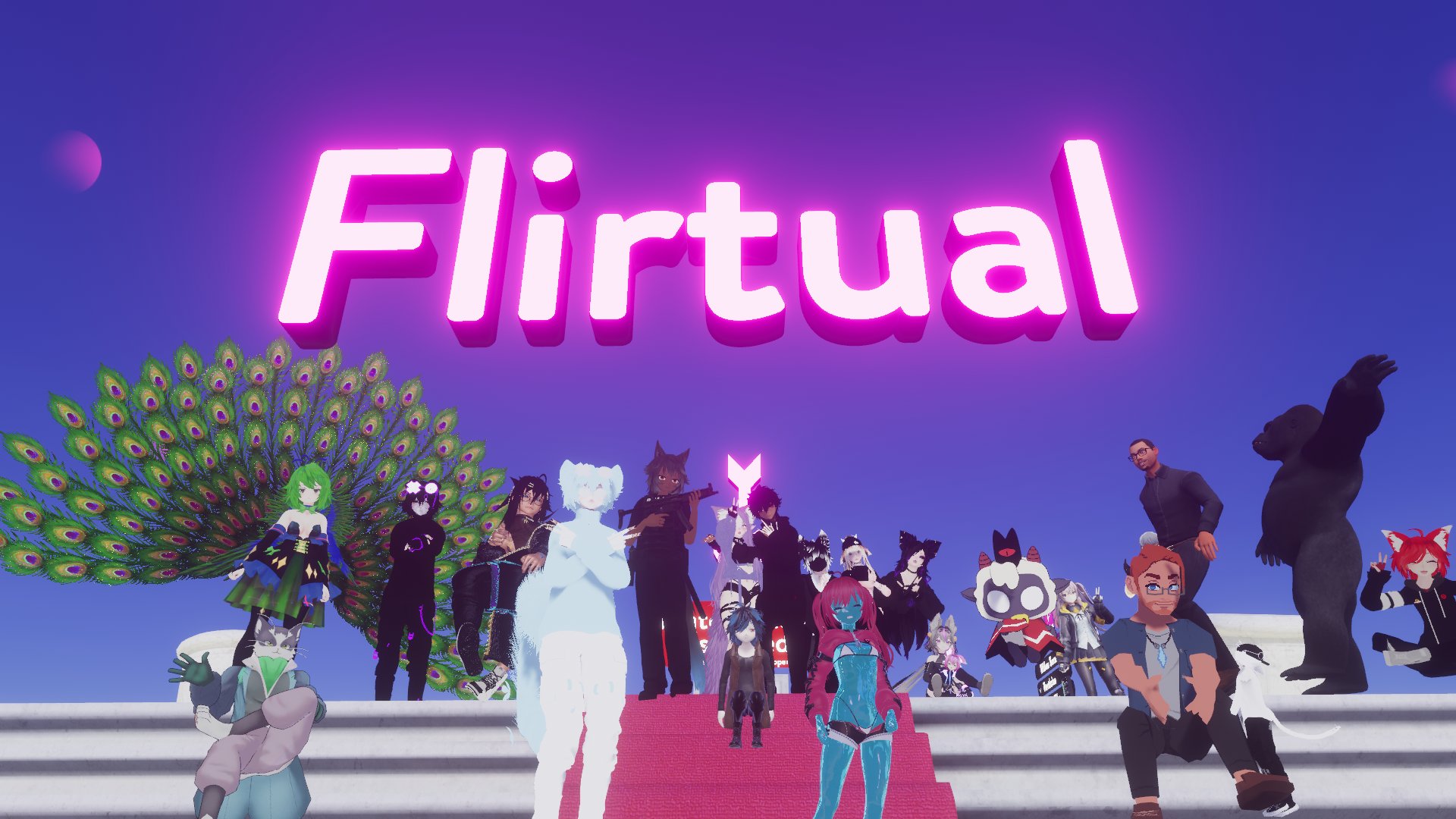
During our research interviews for the ’’Mapping Social Behaviour in Social VR Spaces That Simulate Metaverse-like Environments” project, we realized some users handle their own private data in a very loose way while some of them are very private. What is your perception, based on the information shared on their profile? Do they share info that makes them more identifiable?
People seem to be more open and honest, but they tend not to share real life details (e.g. such as physical address etc.), though, like most people don’t have a face picture. On other platforms, you’re kind of pushed to show the best of yourself all the time through pictures, and funny bio or whatever. But I think in VR we were getting more substance, so people are sharing more significant parts of themselves including negatives.
Oh, that’s true and I see that many people share about their mental health issues.
It might be also a youth effect. It’s like the internet plus youth. Internet is always very honest and open and young adults are very open about this stuff and I think that’s a good thing.
What do you think that love life will be like in 20 years?
I’m more excited in the ways that they will maybe reshape the conversation about love and modern culture in order to focus more on personality, and to open up humanity more. That just means people dating between cultures. If some of those partners are in VR, and some of those are long-distance from other cultures, I think that is a pretty good thing – those things inspire me. Also, less people will feel extremely lonely. With Flirtual we push our friend making platform and community platform a lot. Maybe if we get VR – as I don’t like the term Metaverse (it feels very corporate) – you might inspire more trust. A lot of people don’t get to travel in real life, right? But VR feels like traveling – safely traveling.

// /
The interview was made in the framework of research led by Ágnes Karolina Bakk, a researcher at the MOME Innovation Center. As part of the research, the behavior of young people in social VR spaces is being investigated with the aim of mapping the situations that occur in virtual spaces, even dangerous ones, and coming up with possible solutions in order to create a safer user climate.
Find out more about the Interaction & Immersion Hub HERE!
